Our goal is to develop a report that provides insights into how the MiNextCities project can be most effectively implemented so that it can make as great an impact as possible on cities throughout Michigan. To do this, we will perform an analysis of competitor organizations, identify target cities, and connect with city leaders to ascertain community priorities, pain points, and limitations. Tim, our supervisor, believes that Maggie and I will bring a new perspective to this project, as we are “outsiders” to the organization and thus may have thoughts that have never occurred to others in the organization. This perspective will allow us to build on the existing framework of the project, as well as propose new ideas that are “outside the box.”
Our work this summer will focus mostly on smart mobility, including electric vehicle charging stations, bike-share programs, electric shuttle fleets, and more. We have compiled a comprehensive list of competitor organizations and potential partners throughout the country in the smart mobility space. A few organizations stuck out to us as potential partners or models, including Forth Mobility and DKS Associates. We are now identifying target cities through extensive data collection and analysis, mostly using Microsoft Excel.
Although we often take it for granted, mobility plays a monumental role in all of our lives, as it dictates how we get from Point A to Point B. Unfortunately, however, the mobility infrastructure in most cities is inefficient and unsustainable. Maggie and I were able to experience this first-hand as Tim took us downtown to explore Detroit’s mobility options. We rode MoGo bikes and found that Detroit’s roads were lacking in many aspects, including a deficiency of bike lanes on many streets as well as uneven roads. We also learned that Detroit’s bus system is inefficient, and most people depend on their personal carbon-emitting vehicles.
Smart mobility will be necessary in the near future, as it may be our only option if we wish to maintain a sustainable society. Although our work this summer is only initializing the research and planning for the MiNextCities project, I am confident that it will eventually help many cities throughout Michigan as they prepare for the future by getting a head start on smart mobility infrastructure.
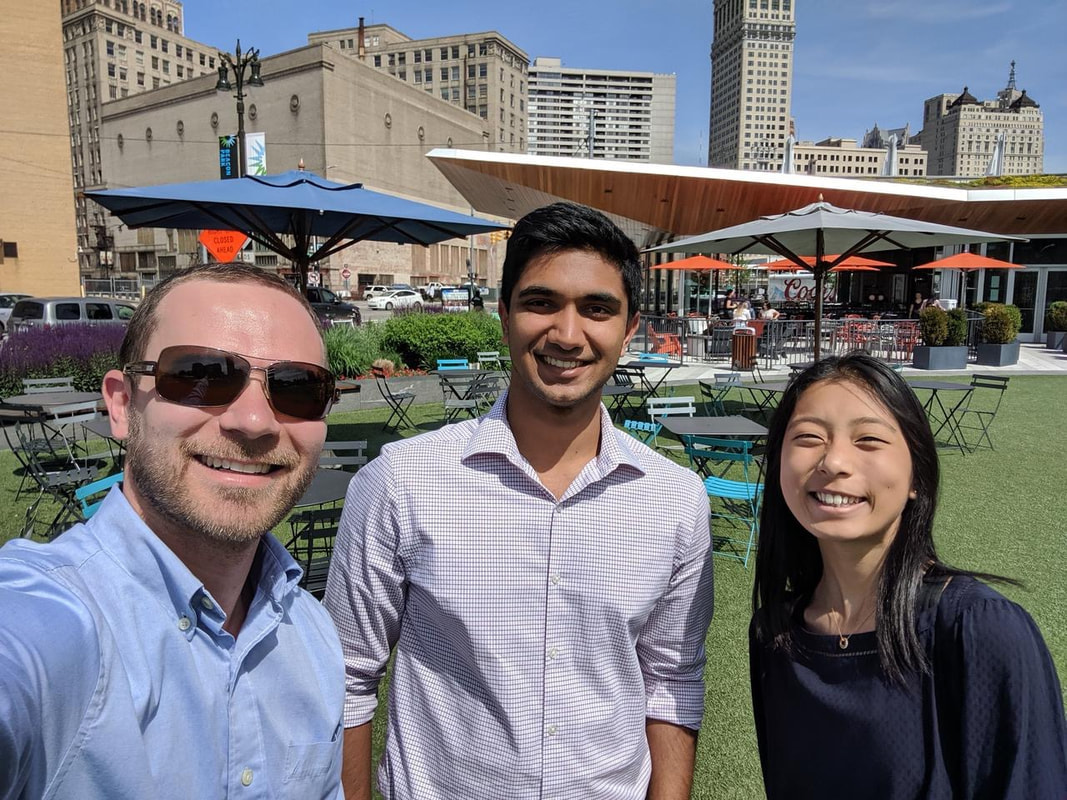
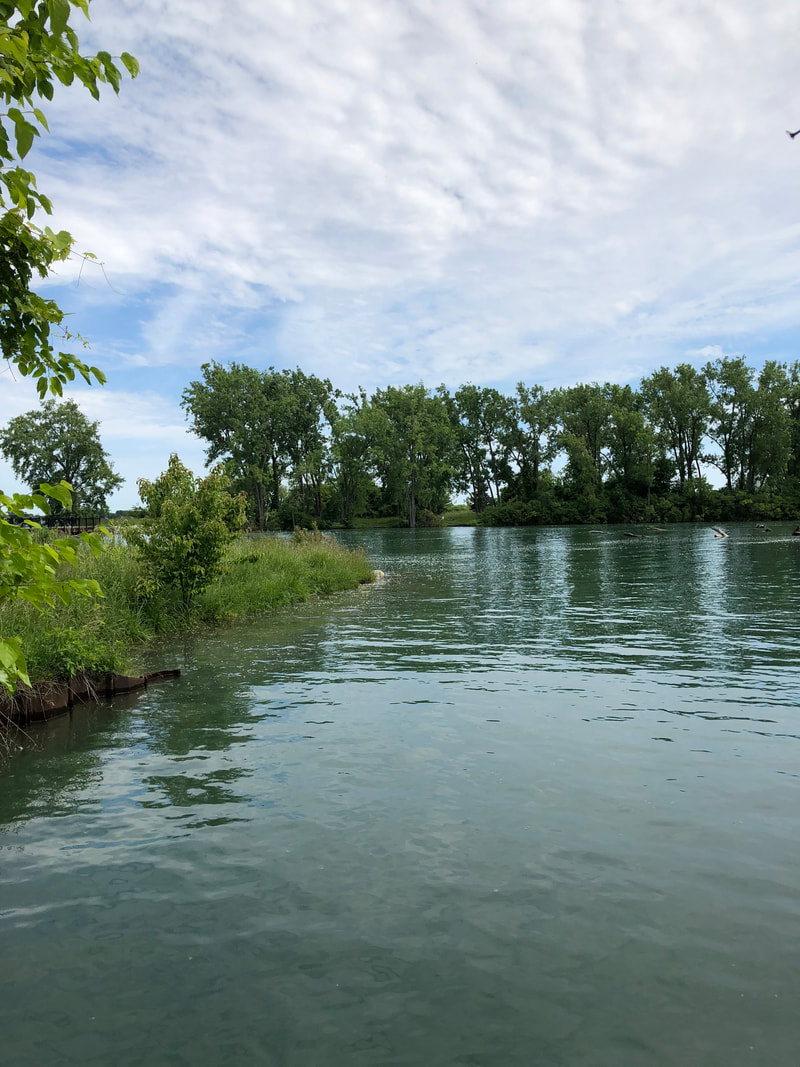
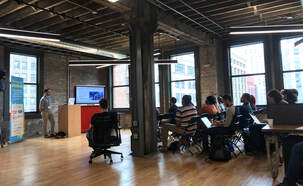
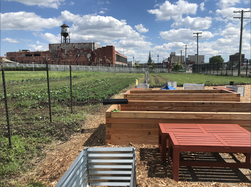
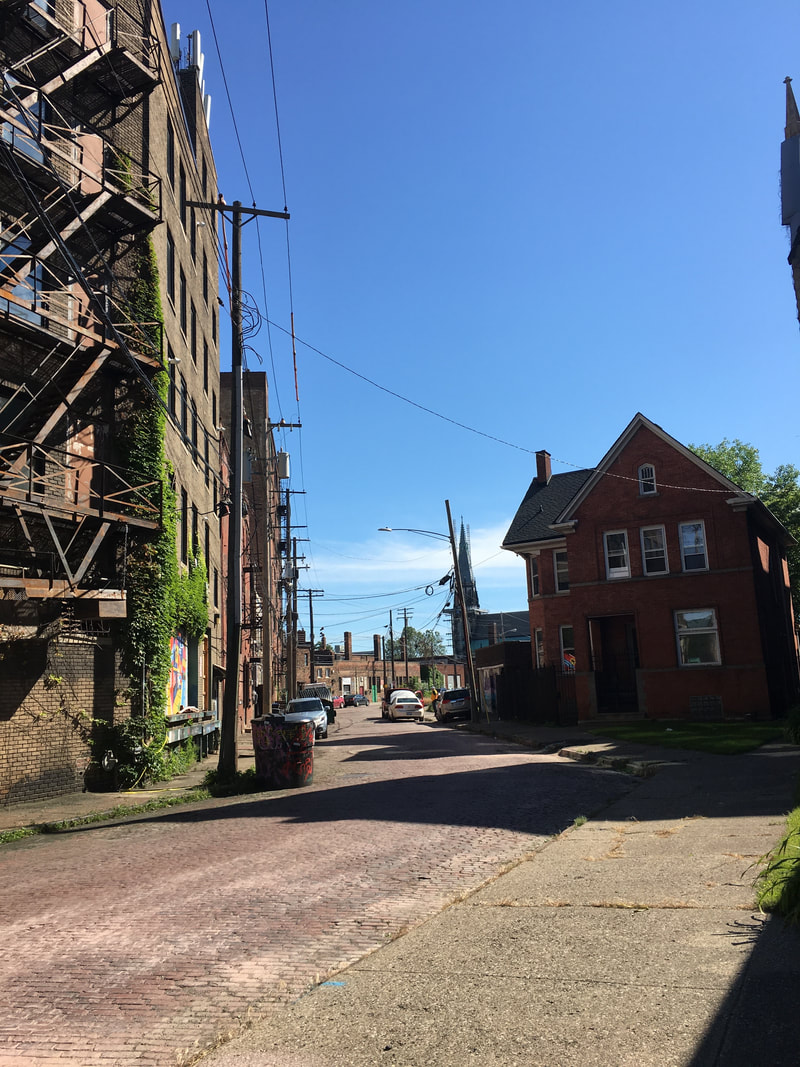
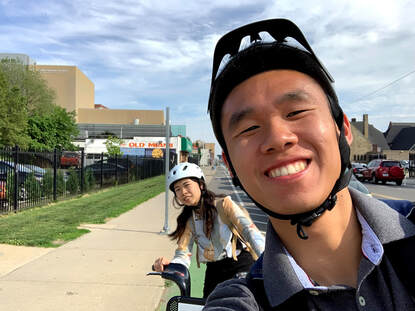
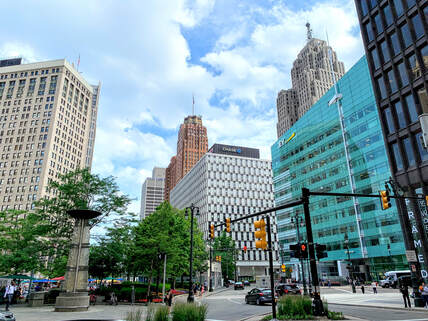
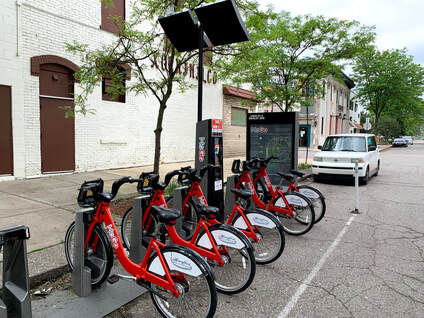
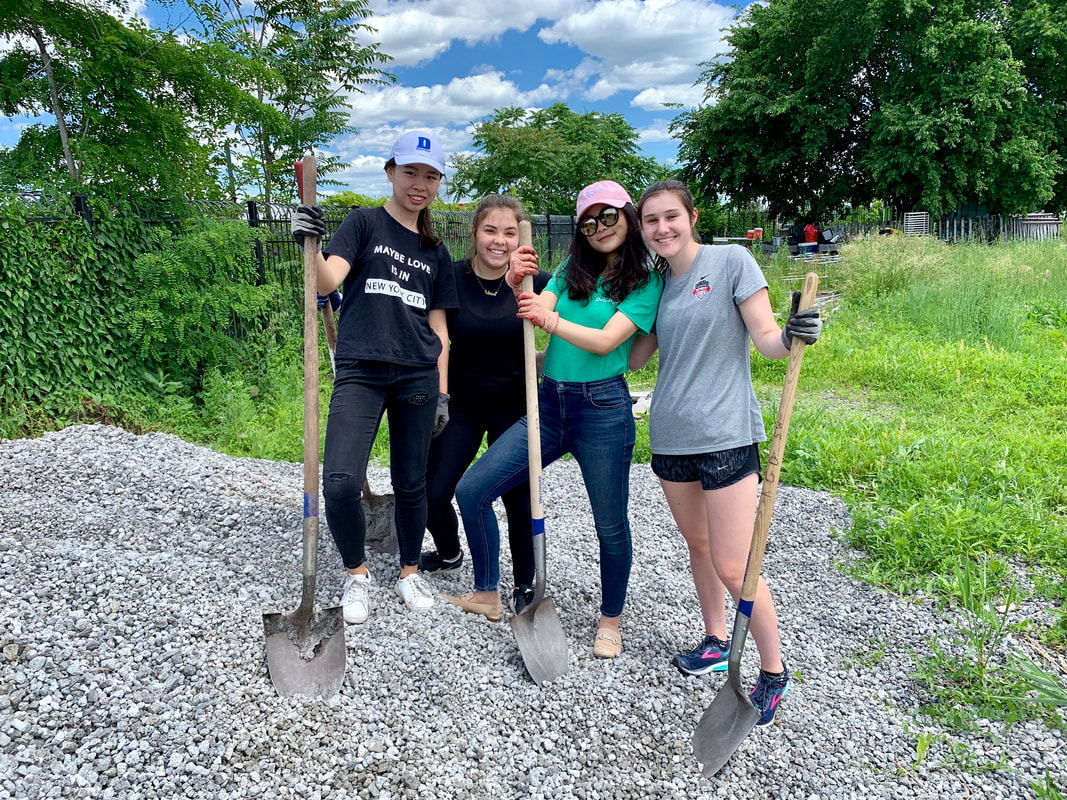
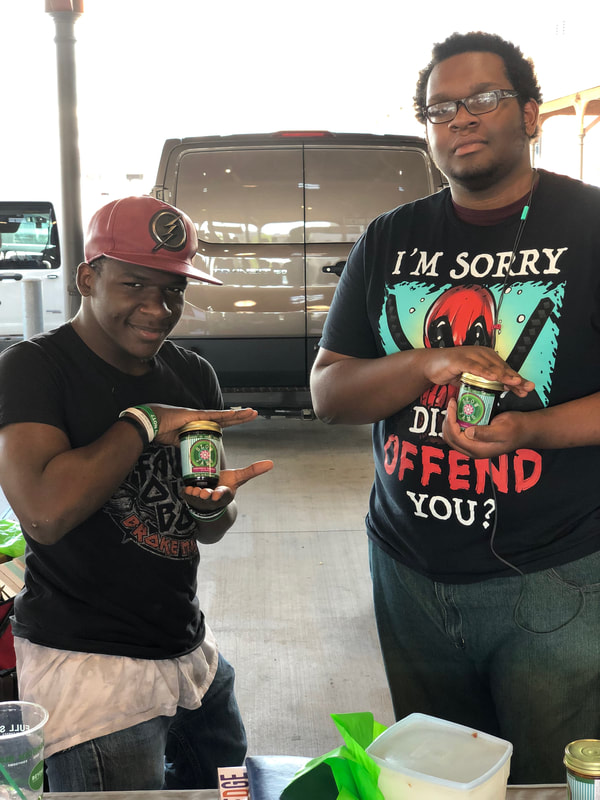
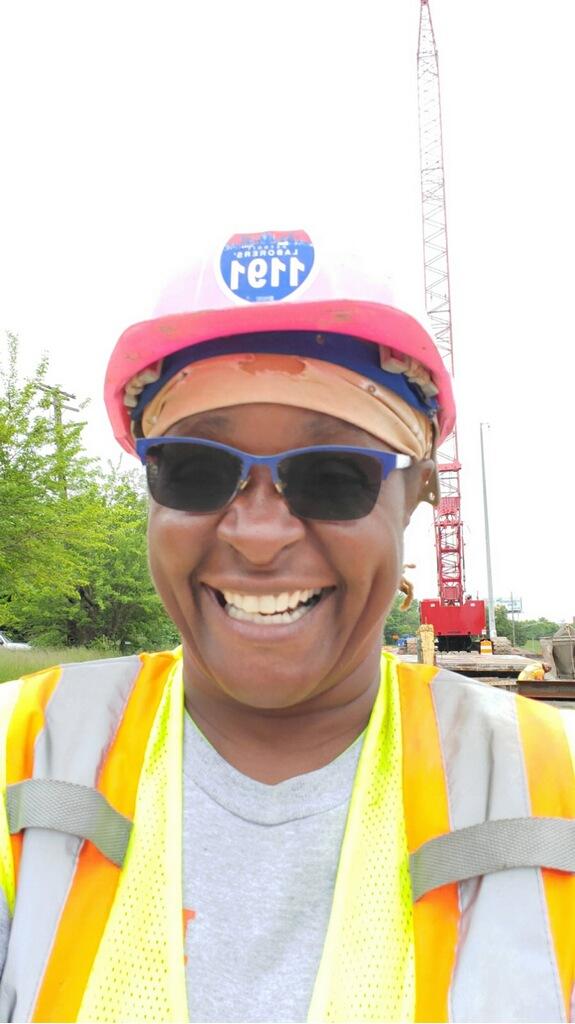
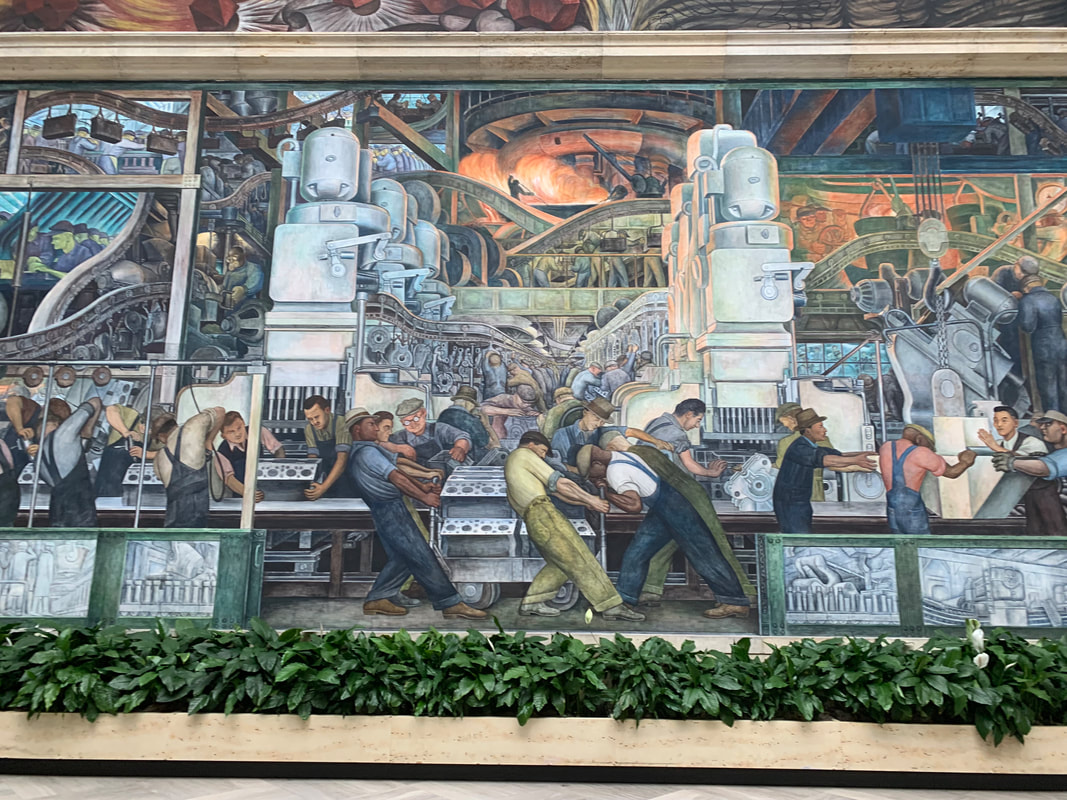
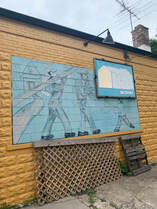
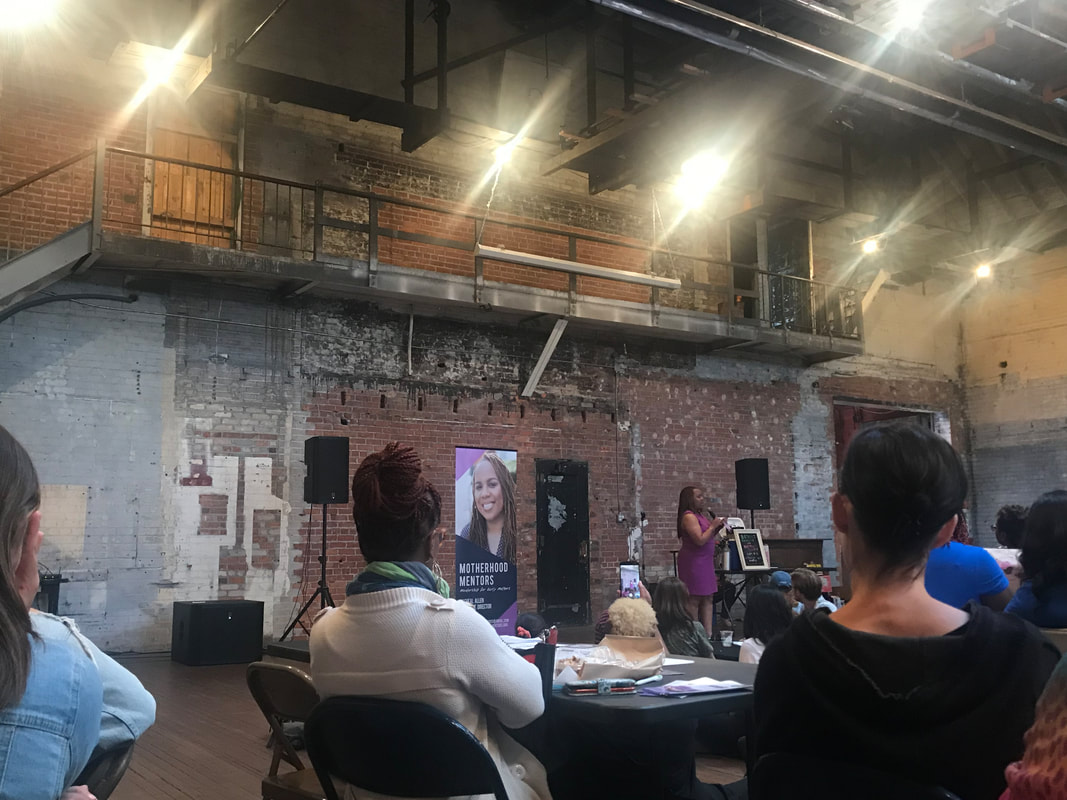
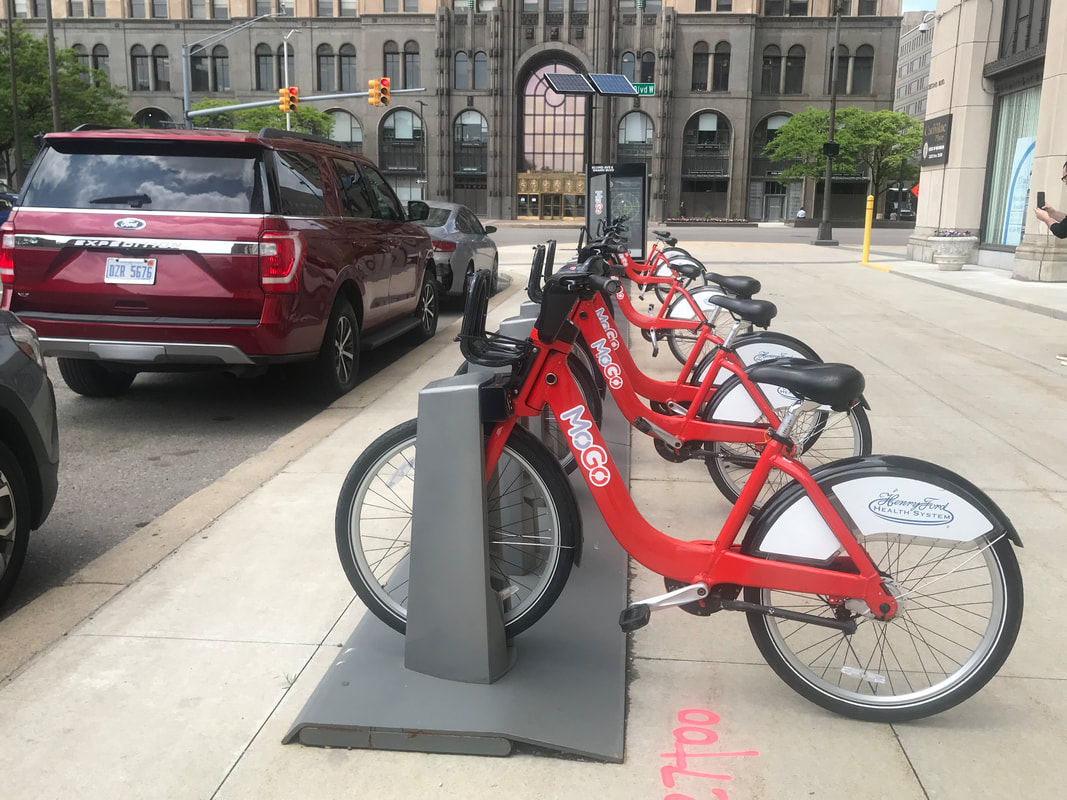
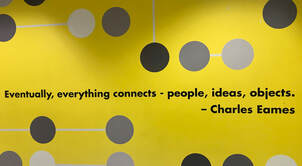
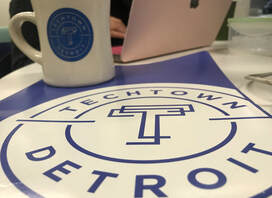
 RSS Feed
RSS Feed
